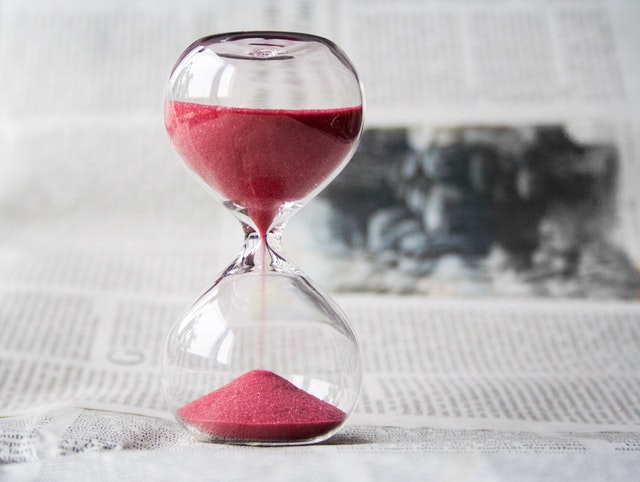If you could have any superpower, you may be among those who wish to be able to manage their time effectively, which is a superpower all on its own. There is no question that managing time between work, personal, family and everything in between is a monumental task each and every day. The good news is there is a way to feel more productive that you may not have heard of. Keep reading to learn how to timebox so that it can become your new productivity superpower.
What Is Timeboxing
Developed in 1991 by author James Martin, a recent study of over 100 productivity hacks discovered that timeboxing was the most useful method. Unlike a to-do list which is organized by tasks, timeboxing is something more closely associated with time management.

Basically, you proactively establish a block of time you will work on any given task. Think of it like a calendar and add tasks as you would add a meeting. When you timebox, you are put in a position that forces you to think about how long any given task will take to complete. Follow this by blocking off that amount of time on your calendar. Keep in mind that most recommendations suggest that timeboxing should be done in 60- to 90-minute sprints.
Benefits of Timeboxing
There are multiple benefits to timeboxing but it’s hard to list them all. Let’s start with the most accepted benefits.

- Timeboxing forces you to start working on tasks you might have otherwise procrastinated. Perhaps you know it’s the most difficult task, so you have been putting it off. If you timebox that task, you will be in the position to set aside the right amount of time to finish without interfering with the rest of your task list.
- Boosting productivity is, of course, one of the biggest benefits (and perhaps most important) of timeboxing. Putting items on a calendar, whether shared or personal, ensures that you cannot or will not be interrupted during these times. This is especially true for anyone who works with shared calendars between a small team or a large organization.
- Set time limits for specific tasks. As noted above, the recommended time should be around 60 to 90 minutes before taking a short break. Knowing you will spend this long on a task will help you better organize your day to be productive throughout.
- While this won’t apply for everyone, timeboxing can help you start on the most important projects first thing in the morning when most people are more alert. If you feel more productive in the morning, it can set a rhythm for the whole day.
At the end of the day, timeboxing should help you avoid feeling like you are working too much. At the same time, instead of doing just enough to cross items off your seemingly extensive to-do list, you are being significantly more productive.
How to Master Timeboxing
For timeboxing to help you feel more productive, you need to learn to master a few steps.
1. Finding the right tasks is the first step to master timeboxing. Not every task requires a set amount of time to be blocked off, but it’s helpful for the majority of them. Timeboxing is also helpful for limiting yourself to a certain amount of time so that you don’t blow hours unnecessarily.
2. Identifying your goals is another step in mastering the skills to timebox. For example, let’s say you have a project to do for work. Your short-term goal can be laying out a template for how the project is going to come together: what order, what steps, etc. The long-term goal is to finish it and receive credit for its successful implementation. Having clear goals will ensure that you are using your time wisely.

3. Setting aside the right amount of time is the next step. You need to determine how long it’s going to take to achieve both your short- and long-term goals. If it’s only going to take a few hours to lay out the project template or outline, it can be more easily blocked off on a calendar.
4. Taking breaks is not just recommended – it’s absolutely necessary. There is no reason for you to work straight through a morning, a day or even a week. With 60 to 90 minutes being the recommended amount of time for a task, take a break after that. It doesn’t need to be for long – 5 to 10 minutes will do. What’s important is that you take the breaks and allow your mind and body a chance to refocus.
5. Look at your results of your timeboxing. Were you able to finish your goals? If yes, did you do so with time to spare? If not, how much extra time was spent? Assess your results after every timebox and determine if you need more or less time the next go-round.
Conclusion
You should now feel well-prepared for timeboxing. The opportunity a timebox provides and how much more productive it will make you feel is well worth giving it a go. Whether you try for a week or a month, it’s going to help you feel more productive no matter what. If you’re looking for more tips, read on to learn time-management tips to effectively manage your day.


